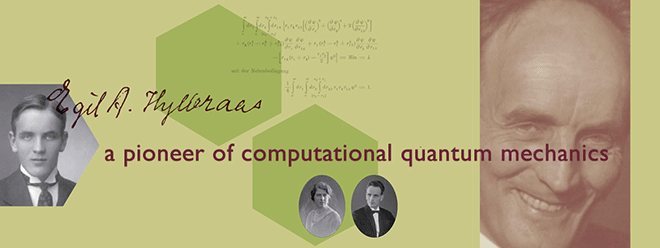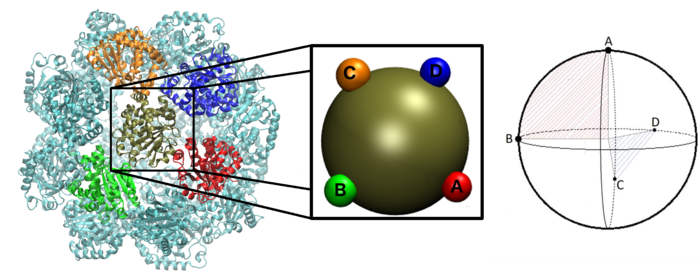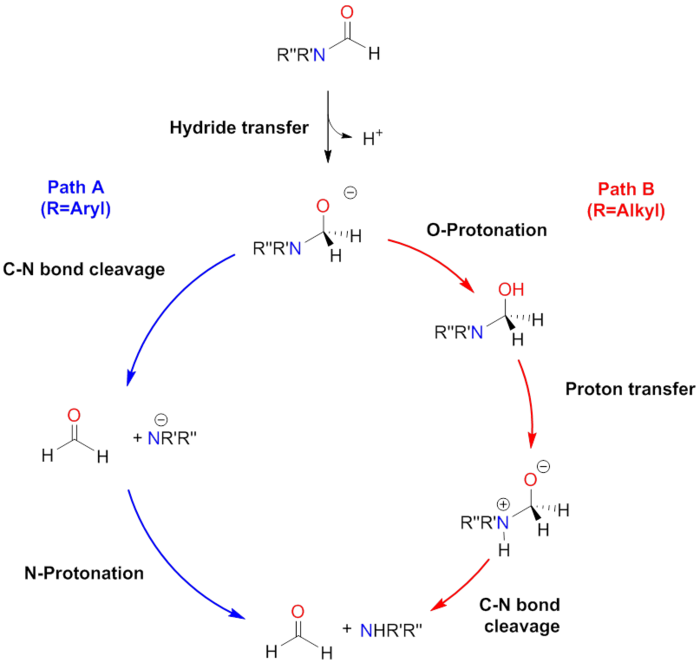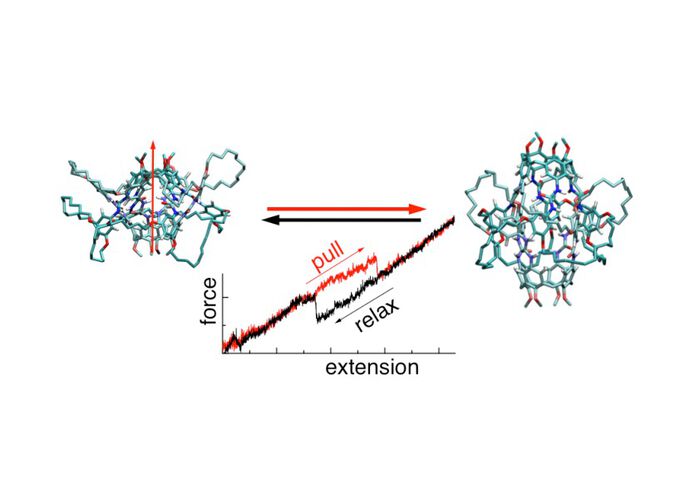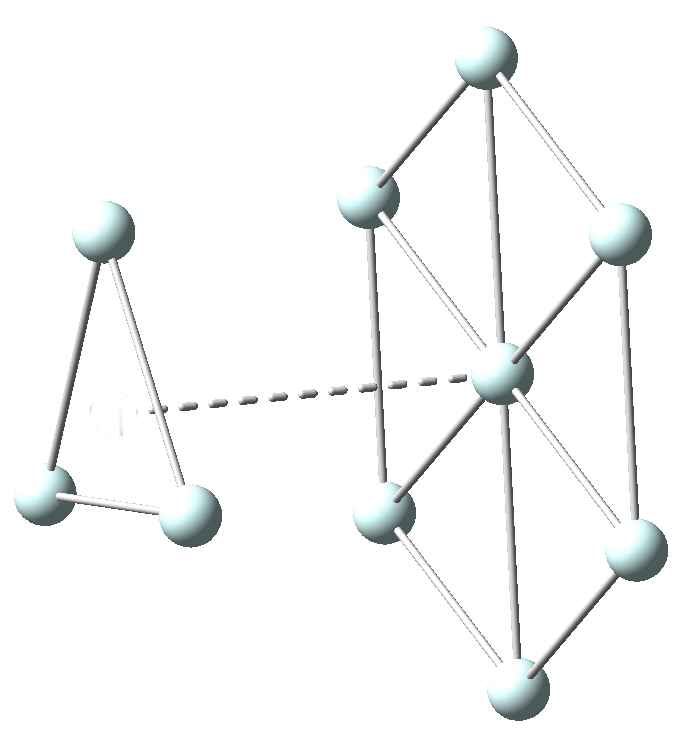Joint seminars - Page 8
Hylleraas Friday seminar, hosted in Oslo
Hylleraas Friday seminar, hosted in Oslo
Hylleraas Friday seminar, hosted in Oslo
Glenn Morello
Cobalt Hydrogenation: New Insights on an Old Project
When projects do not work as we originally hope, it can be frustrating, and often we are left wondering what we missed. Sometimes the inspiration for continuing forward is found in a tangled mess of results published by another group. I will show you how this study of cobalt complexes for the hydrogenation of small molecules came about and how we overcame initial results that were in contrast to experimental findings. We will laugh. We will cry. We might even get angry...but we will succeed!
Stig Rune Jensen
Numerically Converged Hyperfine Coupling Constants The HyperFine Coupling Constant (HFCC) is one of the most challenging molecular properties to compute in terms of basis set convergence. This is due to the explicit dependence on the spin density at the nuclear position, where most basis sets in chemistry are known to be inadequate (even the highly adaptive and systematic multiwavelet basis). In this talk I will discuss different ways of circumventing this by rewriting the problem.
Exploring of α-Tocopherol Transfer Protein Self Assembly using Monte Carlo Simulations
The α-Tocopherol Transfer Protein plays an important role in the retention of Vitamin E. Recently advanced transport of this protein in the human body have been discovered, that are linked to oligomerisation of this protein. In this talk I will share insight into the modelling process present to you the result of our most recent investigation on the self-assembly.
Computational study on amide hydrogenation to methanol
A closer look to amide hydrogenation. Investigation about the mechanism used by a bifunctional first-row catalyst to produce methanol. Description of its dependance on the substrate type.
Stochastic optimization of block Toeplitz matrices
Optimization of orbitals with respect to some function are conventionally sought by means of calculating gradients to the given function, thus tracing out a path towards some extremum. Depending on the function involved, the gradients may be cumbersome to compute, and the risk of converging to some local extremum is present. In my presentation I will consider how simple stochastic methods could potentially eliminate the requirement of calculating gradients and greatly increase the probability of convergence to a global extremum. Some practical examples for periodic systems will be discussed.
Magnetically induced current densities of electronic excited states at the MCSCF level
In this talk, I will present recent results about magnetically induced currents for low-lying electronic states at the MCSCF level of theory. Based on the strength of current-density susceptibility, we will discuss (anti)aromaticity of the electronic states.
Molecular simulations of the reversible mechanical unfolding of molecular assemblies
I will discuss the results of force probe molecular dynamics simulations of the mechanical unfolding of model systems showing reversible refolding. The discussion will focus on a question discussed vigorously rescently, the dependence of the results on the compliance of the pulling device. It is shown that for the system considered a simple harmonic approximation can be used to extend the standard model used for the interpretation of kinetic parameters obtained. The new model allows to extract additional information about the stiffness of the free energy landscape of the unfolding transition.
Christian Gjermestad
CO2 fixation via Mg-mediated hydride transfer
The transfer of a hydride to the carbon of CO2 is a possible first step towards utilization of carbon dioxide as a chemical feedstock. In this study selected organomagnesium compounds and their propensity for hydride transfer were studied using quantum mechanical modeling and mass spectrometry and it is suggested that Mg may assist in lowering the energy barrier for hydride transfers.
David Tozer
Density functionals from density scaling
Abstract see below.
Hybrid particle field molecular dynamics simulations of bio-molecular systems
Sarah Reimann
Magnetic fields in Kohn-Sham theory
In the talk a short introduction to magnetic-field density functional theory (BDFT) is given. The magnetisability is decomposed into its Kohn-Sham components and the performance of various approximate functionals is evaluated. Moreover, the field dependence of the correlation term is assessed
Jon Austad
Applied MP2 in strong magnetic fields
MP2 theory in the london formalism has been used to probe the behavior of noble gas clusters in strong magnetic fields, and also to investigate the properties of exact DFT in the presence of magnetic fields.
If psi solves H psi = E psi, do we have psi not equal to zero almost everywhere?
Computational study of a dinuclear Fe(I) catalyst for alkyne cyclotrimerization
DFT study of dinuclear iron complexes (FeI and FeII): a geometry and spin state modeling.

